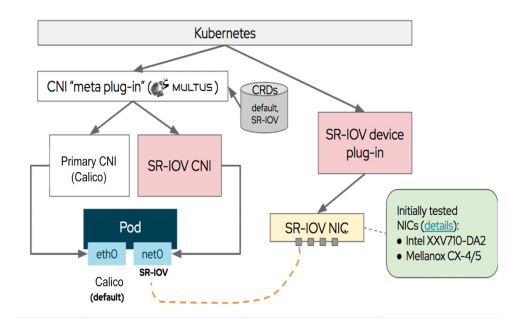Getting the most out of Kubernetes for 5G deployment is very complex and challenging.
Despite all of the built-in automation features that Kubernetes offers for managing CNFs intelligently, achieving optimal performance, cost and reliability at 5G distributed scale requires careful planning and tuning of Kubernetes environments.
Operators of 5G mobile broadband networks deal with large-scale, complex, dynamic, and highly distributed infrastructure requirements. They have to deploy and operate thousands of radio towers and networks while managing software applications across the access layer, aggregate layer, and core data centers. Furthermore, they have to satisfy stringent specifications for latency and network performance of their applications and infrastructure. And finally, operators need the flexibility to dynamically relocate services to optimize network performance, improve latency, and reduce costs of operations.
As a result, 5G architectures need to be services-based with hundreds and thousands of network services in the form of VNFs (Virtual Network Functions) or CNFs (Container Network Functions) that are deployed in geographically distributed remote environments. Kubernetes addresses a part of this challenge being able to manage CNFs. However, it has several limitations when it comes to managing 5G services across distributed locations with stringent latency and performance requirements.
In this whitepaper, learn about:
- 5G use cases
- Example of a large-scale mobile operator 5G architecture
- Five Technical Challenges with 5G and Kubernetes
- Approaching to solving the operational challenge
- And more

Source: platform9